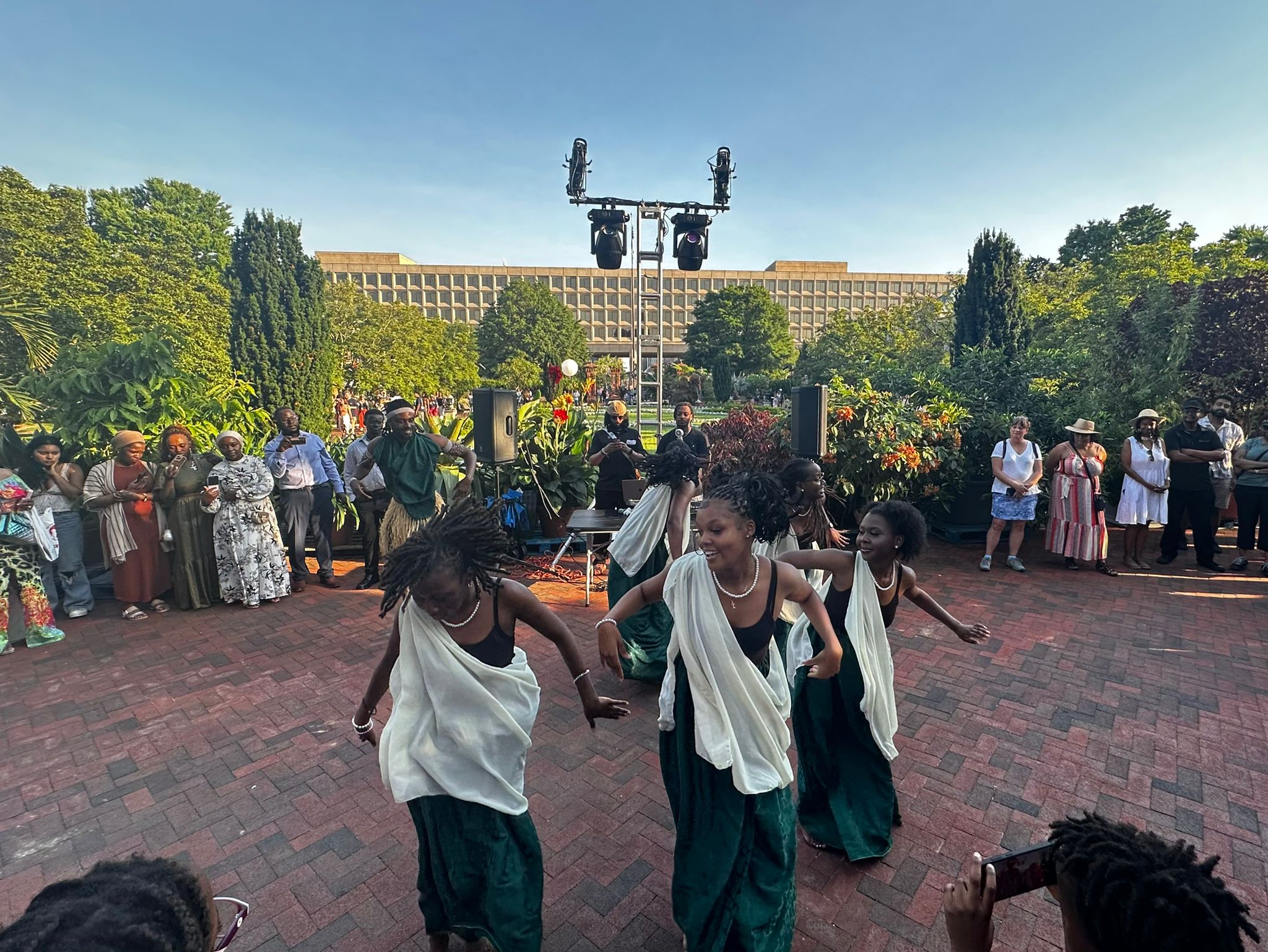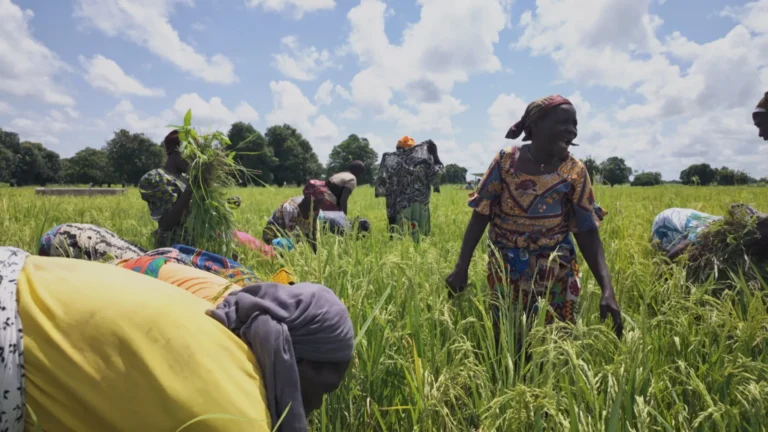
The Smithsonian National Museum of African Art played host to a powerful display of Burundian heritage on Saturday, as members of the Burundian diaspora gathered to celebrate Solstice Saturday—a symbolic tribute to the summer solstice and the start of a cosmic new year deeply rooted in the country’s ancestral traditions.
Against the backdrop of centuries-old ritual, the museum’s halls came alive with vibrant drumbeats, ceremonial dance, rich Burundian cuisine, artisanal crafts, and the aroma of freshly brewed Burundian coffee.
Leading the celebration was Burundi’s Ambassador to the United States, Barege Bosco, who joined his compatriots to honour their cultural lineage and the ancient cosmological beliefs of Ubungoma, the traditional Burundian worldview.
At the heart of the celebration was a homage to the Bahanuza—the astronomers and cosmologists of Ingoma y’Uburundi, who for millennia charted solstices and equinoxes through meticulous sky-watching.
Their observations birthed the sacred calendar known as ikihecijuru (ikirangamisi), mapping out cosmological eras marked by totems and celestial transitions.
According to this tradition, the dyarchic Karyenda/Mwami state—Ingoma y’Uburundi—dates back some 30,000 years, placing Burundi’s spiritual legacy among the oldest on the continent.
Traditional dances performed during the celebration were inspired by Mukakaryenda, the feminine spirit of the drum and symbol of divine order.
Visitors were also treated to Burundi’s famed coffee—described as a colonial inheritance turned national treasure—and handmade woven baskets representing the artistic legacy of the Abatwa communities.
Cultural expert Pascal Nahimana described the Umwaka (Year) festival, one of the solstice celebrations, as honoring the sacred spirit of Karyenda through uburo (eleusine grain), while the Umuganuro ceremony—distinct yet equally ancient—marks the birth of the visible world, symbolised by amasaka (sorghum).
These rites, he noted, mirror traditions found in ancient Egypt’s Osiris and Horus festivals, drawing a striking parallel between Nile Valley civilizations and Great Lakes cosmologies.
Saturday’s celebration not only highlighted Burundi’s deep historical narrative but also reaffirmed the role of cultural diplomacy in global engagement.
As the only U.S. institution solely devoted to African art, the Smithsonian’s National Museum of African Art provided a fitting stage for this union of ancient knowledge and modern identity.
Through this ceremony of stars, song, and shared memory, the Burundian diaspora rekindled a connection to their roots—while offering the world a glimpse into a civilization where time, spirituality, and identity converge beneath the equatorial sky.



